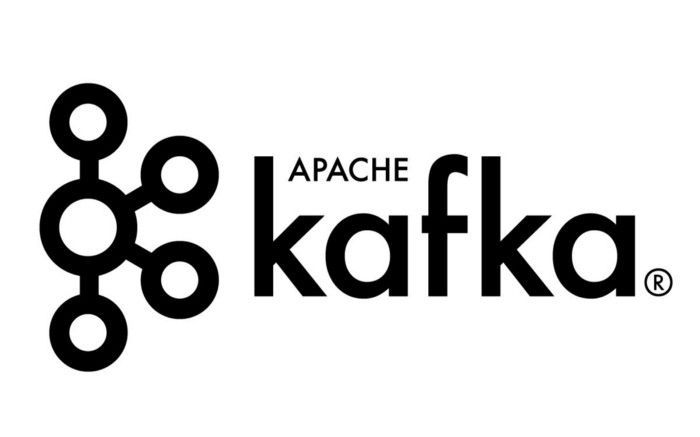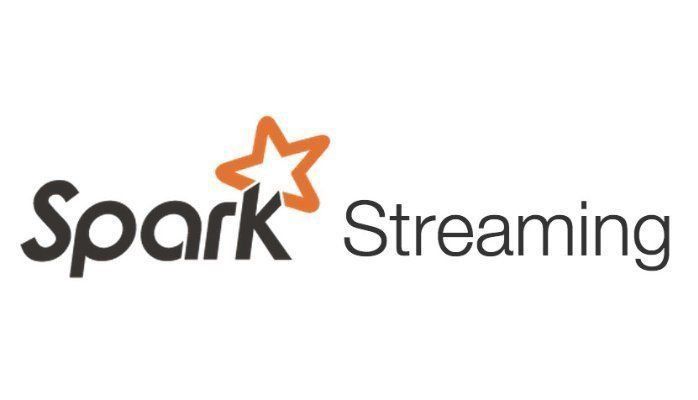
@artemgArtem Gogin
Data Engineer, Teacher and Technical Writer.
To briefly explain what we are trying to do here: We want to have permission to read and write Kafka topics.
Our Kafka is protected by Kerberos. It means, before we start accessing Kafka, we need to obtain a ticket from Kerberos. To get the ticket we have to provide a keytab — authentication file for each user. All these steps have to be done automatically because when we use commands to access Kafka there won’t be an opportunity to show keytab manually. To get things done we need to specify the right parameters and configurations in the right place.
Here is my environment (your tools and versions may vary but the approach still should work):
- Cloudera Hadoop cluster v. 5+
- Kafka v. 2+ ( topic with Kerberos auth already exists)
- Spark v. 2+
- Kerberos v. 5
- Jupyter Notebook with Pyspark
For the beginning, let’s access the protected Kafka topic with the terminal. The topic access should only be granted if we obtain a ticket from Kerberos for the right user. For this operation, we need to prepare (it will be smoother if all the files will be in the same path): User’s keytab file ( for Kerberos )

For the beginning, let’s access the protected Kafka topic with terminal. Access to the topic should only be granted if we obtain a ticket from Kerberos for the right user. For this operation we need to prepare (it will be smoother if all the files will be on the same path):
- User’s keytab file ( for Kerberos )
- File jaas.conf:
KafkaClient {
com.sun.security.auth.module.Krb5LoginModule required
useKeyTab=true
keyTab=”${PATH_TO_YOUR_KEYTAB}“
principal=”${USER_NAME}@${REALM}”;
}; - File kafka_security.properties:
security.protocol=SASL_PLAINTEXT
sasl.kerberos.service.name=kafka
sasl.mechanism=GSSAPI - File krb5.conf (probably located in /etc/krb5.conf or /etc/kafka/krb5.conf) (see JDK’s Kerberos Requirements for more details)
Then we need to export the variable with
jaas.confand
krb5.conf:
export KAFKA_OPTS=” Djava.security.auth.login.config=jaas.conf -Djava.security.krb5.conf=/etc/krb5.conf”
Then we can write and read Kafka topic from Terminal.
For writing:
/bin/kafka-console-producer --broker-list ${KAFKA_BROKERS_WITH_PORTS} --topic ${TOPIC_NAME} --producer.config kafka_security.propertiesFor reading:
/bin/kafka-console-consumer --bootstrap-server ${KAFKA_BROKERS_WITH_PORTS} --topic ${TOPIC_NAME} --from-beginning --consumer.config kafka_security.propertiesHope everything worked!

Let’s do the same thing using Spark.
The challenge here is that we want Spark to access Kafka not only with the application driver but also with every executor. It means each executor needs to obtain a ticket from Kerberos with our keytab. To make Spark do this, we need to specify the right configurations.
Firstly, we need the same
jaas.conf:
KafkaClient {
com.sun.security.auth.module.Krb5LoginModule required
useKeyTab=true
keyTab=”${YOUR_KEYTAB_FILE} “
principal=”${USER_NAME}@${REALM}”;
};Before launching Spark, we also need to export the variable:
export SPARK_KAFKA_VERSION=0.10
In Spark code we will access Kafka with these options (the first 5 is mandatory):
kafka.bootstrap.servers=${KAFKA_BROKERS_WITH_PORTS}
kafka.security.protocol=SASL_PLAINTEXT
kafka.sasl.kerberos.service.name=kafka
kafka.sasl.mechanism=GSSAPI
subscribe=${TOPIC_NAME}
startingOffsets=latest
maxOffsetsPerTrigger=1000You can pass these options map to:
spark.readStream.
format("kafka").
options(myOptionsMap).
load()Before starting Spark we can define the shell variable.
JAVA_OPTIONS="-Djava.security.auth.login.config=jaas.conf -Djava.security.krb5.conf=/etc/krb5.conf"
Also, we will need two copies of users Keytab with different names. If we already have one, we can create the second one with the command:
cp $USER_NAME.keytab ${USER_NAME}_2.keytabAnd to launch the spark application we should run this command:
spark2-submit \
--master yarn \
--conf "spark.yarn.keytab=${USER_NAME}_2.keytab" \
--conf "[email protected]$REALM" \
--conf "spark.driver.extraJavaOptions=$JAVA_OPTIONS" \
--conf "spark.executor.extraJavaOptions=$JAVA_OPTIONS" \
--class "org.example.MyClass" \
--jars spark-sql-kafka-0-10_2.11-2.4.0.jar \
--files "jaas.conf","${USER_NAME}.keytab" \
my_spark.jarOr you can use the same configurations with spark-shell or pyspark.
Note: to allow Spark access HDFS we specify
spark.yarn.keytaband
spark.yarn.principal. To allow Spark access Kafka we specify
spark.driver.extraJavaOptionsand
spark.executor.extraJavaOptionsand provide files
jaas.conf,
${USER_NAME}.keytab, mentioned in JavaOptions so every executor could receive a copy of these files for authentication. And for spark kafka dependency we providespark-sql-kafkajar suitable for our spark version. We can also use option --package instead of --jars.
Hope everything worked!

Let’s do the same trick in PySpark using Jupyter Notebook.
To access the shell environment from python we will use
os.environ.
import os import sysos.environ[‘SPARK_KAFKA_VERSION’] = ‘0.10’
Then we should configure the Spark session.
spark = SparkSession.builder. \
config(‘spark.yarn.keytab’, ‘${USER_NAME}_2.keytab’).\
config(‘spark.yarn.principal’, ‘[email protected]$REALM’).\
config(‘spark.jars’, ‘spark-sql-kafka-0–10_2.11–2.4.0.jar’).\
config(‘spark.driver.extraJavaOptions’, ‘-Djava.security.auth.login.config=jaas.conf -Djava.security.krb5.conf=/etc/krb5.conf’).\
config(‘spark.executor.extraJavaOptions’,
‘-Djava.security.auth.login.config=jaas.conf
-Djava.security.krb5.conf=/etc/krb5.conf’).\
config(‘spark.files’, ‘jaas.conf,${KEYTAB}’).\
.appName(“KafkaSpark”).getOrCreate()we can connect to Kafka like this:
kafka_raw = spark.readStream. \
format(‘kafka’).\
option(‘kafka.bootstrap.servers’, ${KAFKA_BROKERS_WITH_PORTS}). \
option(‘kafka.security.protocol’,’SASL_PLAINTEXT’). \
option(‘kafka.sasl.kerberos.service.name’,’kafka’). \
option(‘kafka.sasl.mechanism’,’GSSAPI’). \
option(‘startingOffsets’,’earliest’). \
option(‘maxOffestPerTrigger’,10). \
option(‘subscribe’,${TOPIC_NAME}). \
load()To access the data we can use:
query = kafka_raw. \
writeStream. \
format("console"). \
start()That’s it. I hope you could find all the configurations you need to access Kafka using Kerberos any way you like.
Also published here.
Related Stories
Why We Should Have Different Databases by @artemg
How Hot Does it Get Inside a Car During a Heat Wave? by @jeremymorgan
I Created 500+ Dev Questions and Launched a Quiz Platform 🏆🎉 by @madzadev
Visual Studio Code: A Look at Microsoft's Open Source Offering by @miketechgame
Understanding JavaScript Event Loop by @thecuriouscoder
Tags
#spark#kafka#kerberos#apache-spark#jupyter-notebook#spark-streaming#pyspark#programming
Join Hacker NoonCreate your free account to unlock your custom reading experience.
 Psst! Do you accept cookies?
Psst! Do you accept cookies?
What's your thoughts?
Please Register or Login to your account to be able to submit your comment.